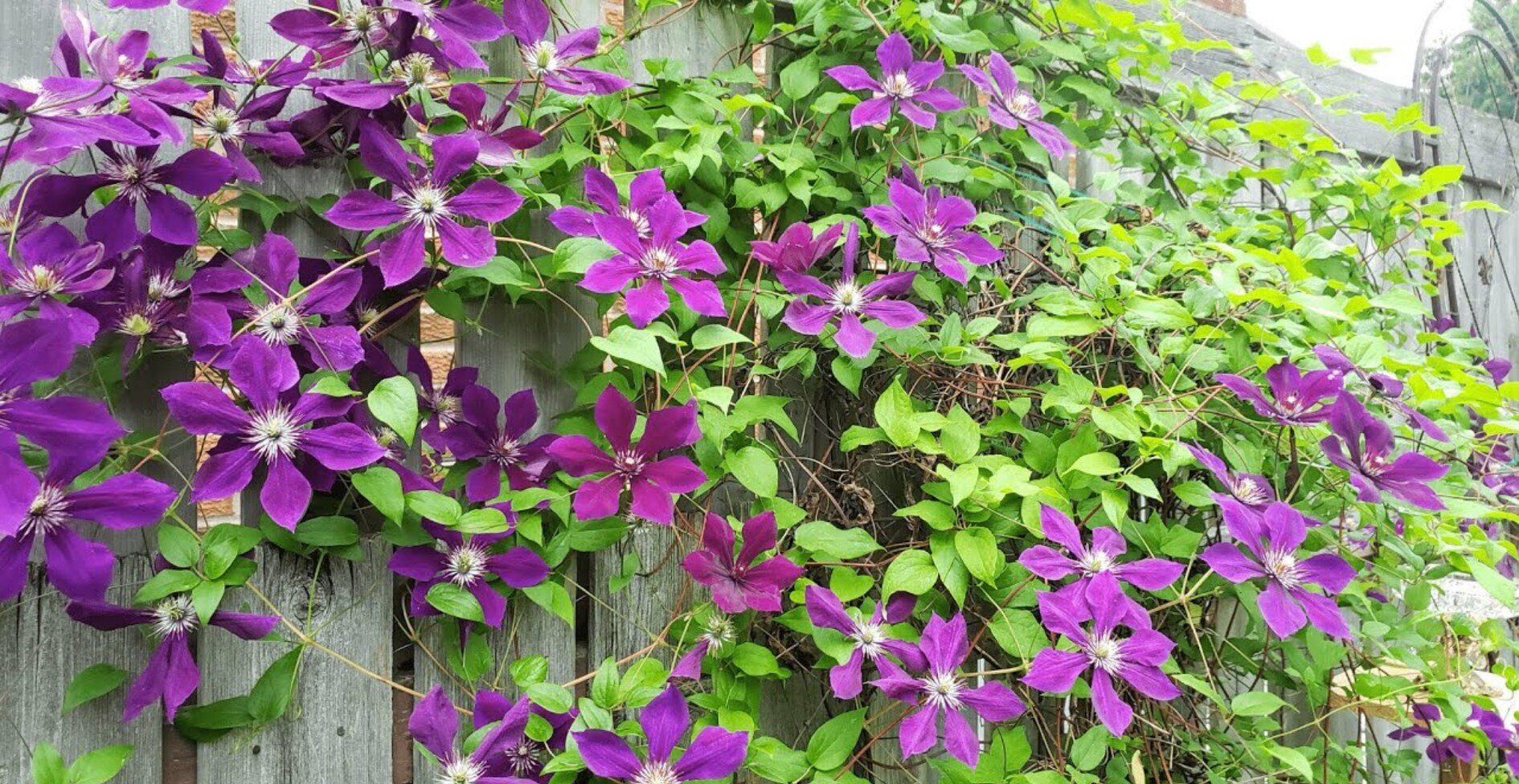
Before winter sets in, you can always use the month of November to plant certain plants in your ornamental garden.
In fact, despite the drop in temperature and gray weather in November, it is possible to add color to your garden, and certain plants thrive in the fall.
Despite the autumn cold in November, you can decorate your garden with flowering plants and ornamental shrubs. Here is a list of 10 plants that you can sow in your garden in November to make them bloom.
Which 10 plants grow in the garden in November?
You can plant these 10 plants in your ornamental garden in November.
Plant daffodils in autumn
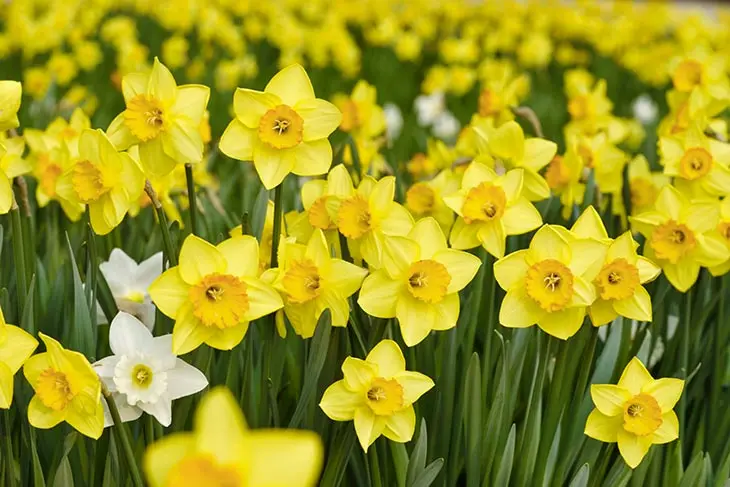
The daffodil, native to Western Europe, is a tuberous and hardy flowering plant. This easy-care plant is characterized by a short flowering period that lasts only 15 days.
The daffodil appreciates fresh, loamy soil. Make sure the soil is well drained to avoid water stagnation on the bulb. Also keep a 5 cm distance between the bulbs. Planting in the ground occurs in autumn and lasts until November.
Planting garden primroses
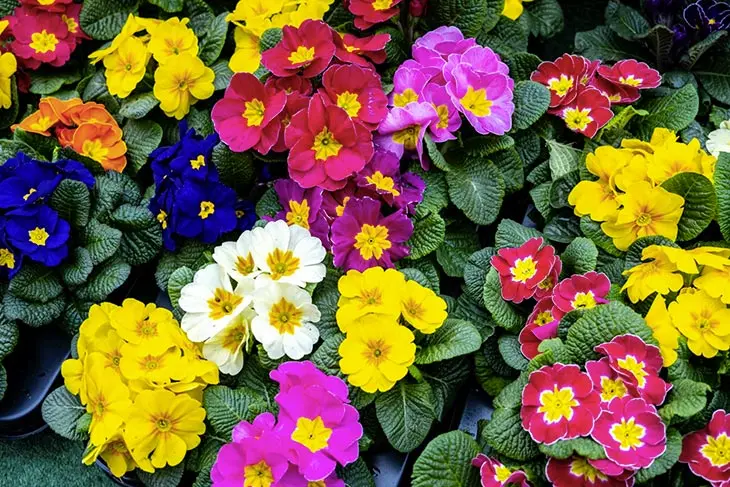
The garden primrose is a hardy perennial plant that is easy to grow in the garden. The primrose appreciates permeable, fresh and humus-rich soil, i.e. rich in humus.
This flowering plant also prefers partial shade. You can plant primroses purchased in pots between the beginning of autumn and the end of winter.
Polyanthus-Primel pflanzen

The polyanthus primrose is a variety of primrose that is the result of hybridization, that is, the crossing, between the common primrose, whose botanical name is Primula vulgaris, and the cuckoo, also called Primula veris.
Polyanthus primroses are hardy flowers. They thrive best in well-drained, humus-rich soil. Make sure the soil does not dry out and protect your plant from frost.
Planting winter honeysuckle

Winter honeysuckle is a flowering shrub characterized by its scent that perfumes the garden during flowering. This shrub can grow in partial shade, but a sunny location promotes profuse flowering.
Winter honeysuckle adapts to all soils. Just make sure to till the soil loosely, i.e. lightly, and enrich it with compost.
Planting cyclamen

The cyclamen Coum or the cyclamen of the island of Kos is a very robust and vigorous cyclamen variety. In addition, this cyclamen is planted in autumn or winter in well-drained soil rich in organic matter.
If the soil is clay, you can mix it with sand to promote drainage. Make sure to cover the tubers with soil by 2 to 3 cm.
Plant daphne
Daphne, also known as pretty wood, is a shrub with waxy flowers in clusters that give off a wonderful scent in winter. The most fragrant daphne has the botanical name Daphne odora.
This shrub appreciates fresh, light soil. Then remember to lighten the soil by mixing it with the sand. You can also mulch the soil to retain moisture.
Plant the violet

The violet is a perennial flowering plant that belongs to the same family of pansies, but is more robust than them. Depending on the variety, the violet blooms in winter or spring.
This medicinal and edible plant decorates gardens with its beautiful, diverse colors. The horned violet appreciates permeable and light soils, while the fragrant violet prefers fresh and nutrient-rich soils.
Plant the thought
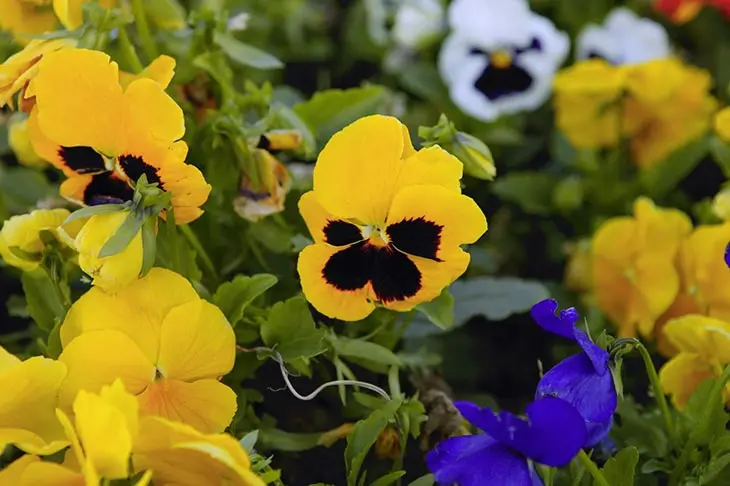
The pansy is a fall and winter flower par excellence. Also called garden violet, this flowering plant requires little care.
Plant the pansy in well-drained, fresh and nutrient-rich soil and place it in a sunny or partially shaded location.
Plant the tulip
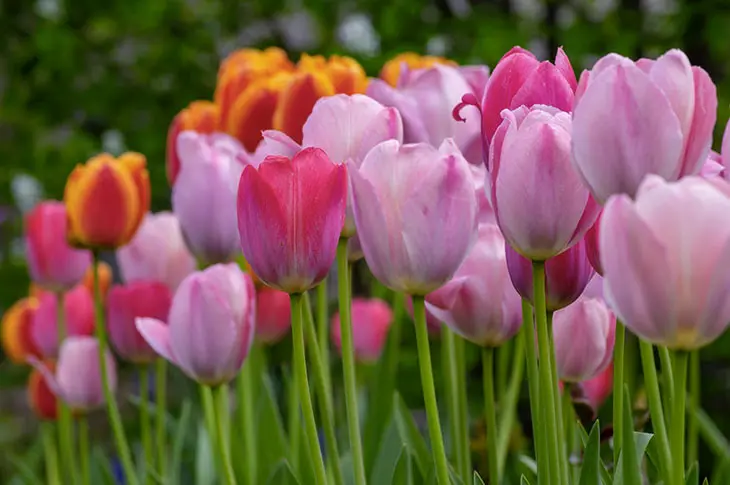
The tulip is a flowering plant that is very popular for decorating gardens. The spring blossom offers a diverse range of colors and diverse shapes.
The tulip grows well in well-drained, light and airy soil. Avoid excess water as this can cause your plant to rot. Also plant your plant in a sunny location or in partial shade.
Plant clematis
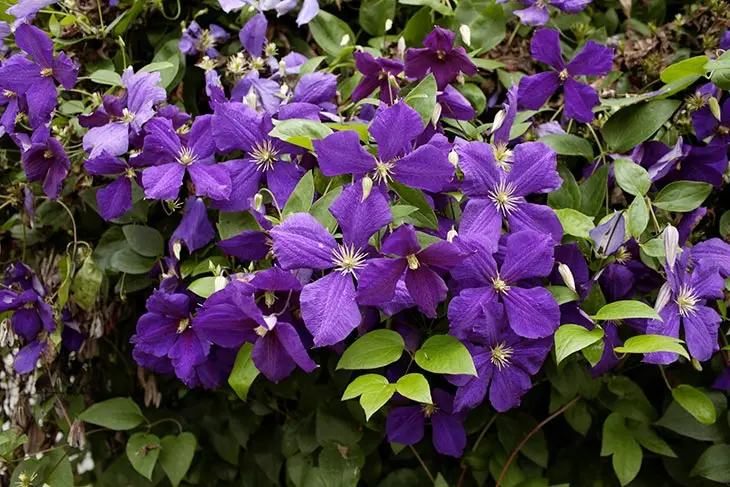
Clematis is a perennial climbing plant characterized by abundant flowering with small or large flowers of various colors. The ideal time to plant clematis is from fall to spring.
However, avoid planting it during frost. This flowering shrub prefers cool, well-drained soil. This plant does not like limestone. Therefore, choose a clay and silicate soil.
